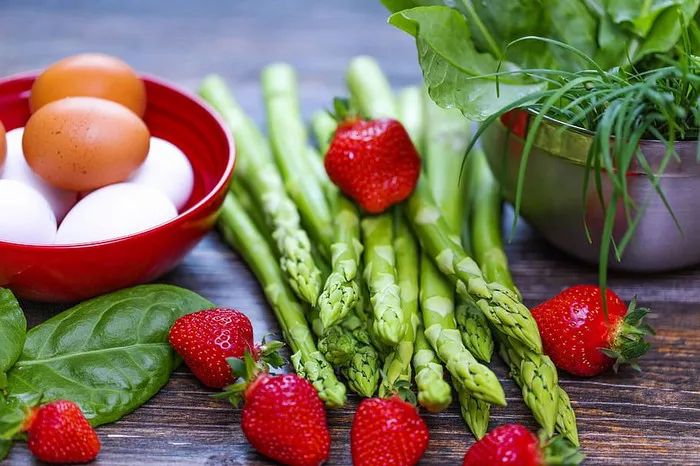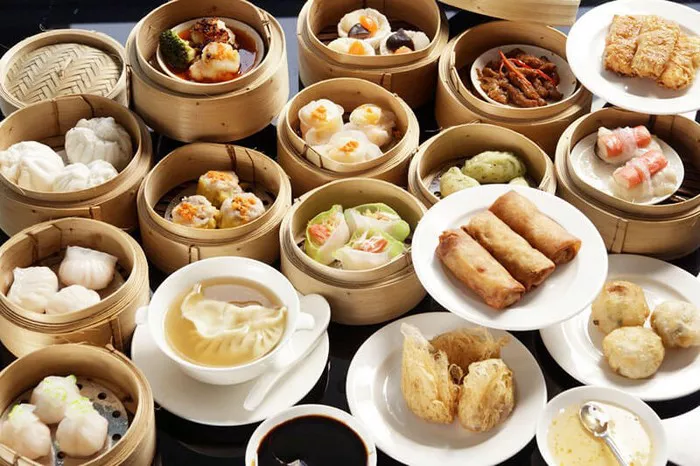Steaming dumplings is a simple and healthy way to cook this delicious dish, often enjoyed as a snack, appetizer, or main meal. Whether you are making dumplings from scratch or reheating frozen ones, knowing the correct technique for steaming ensures that the dumplings are perfectly tender, juicy, and full of flavor. In this article, we will take you step by step through the process of steaming dumplings. We will cover everything from choosing the right type of dumpling to selecting your steaming method, the equipment you’ll need, and tips for the best results.
What Are Dumplings?
Dumplings are a popular food found in many cultures around the world. At their core, dumplings consist of a dough wrapper filled with a variety of ingredients, such as vegetables, meat, seafood, or tofu. They can be prepared in different ways: boiled, pan-fried, or steamed. While all these methods can yield tasty results, steaming is often the preferred method as it keeps the dumplings moist, soft, and tender, allowing the filling’s flavors to shine through.
What You’ll Need to Steam Dumplings
Before you begin, gather the following tools and ingredients:
Dumplings – These can be homemade or store-bought. You can use traditional Chinese dumplings, momos, or even potstickers.
Steaming Equipment – The most common steaming methods include using a bamboo steamer, a metal steamer basket, or a steam rack. Alternatively, a large pot with a lid can be used as well.
Water – This is necessary to create steam. You’ll need enough water to produce steam but not so much that it touches the dumplings.
Parchment Paper or Cabbage Leaves – These are used to prevent dumplings from sticking to the steamer.
A Heat Source – Steaming requires a steady heat source, whether it be a stovetop, a wok, or even an electric steamer.
Step-by-Step Guide to Steaming Dumplings
Now let’s go over the detailed steps to ensure your dumplings are perfectly steamed.
1. Prepare Your Steamer
The first step is setting up your steamer. The equipment you choose will determine how you arrange your dumplings.
Bamboo Steamer: This is one of the most traditional methods for steaming dumplings. A bamboo steamer typically comes with several layers that allow you to steam multiple batches of dumplings at once. Place the steamer in a large pot or wok that can hold enough water at the bottom without touching the steamer’s bottom layer. If you don’t have a bamboo steamer, a metal one will work just as well.
Metal Steamer: A metal steamer is another popular choice. This kind of steamer basket has a perforated bottom that lets the steam pass through to the dumplings. It can be placed in a large pot with a lid, or directly over boiling water.
Steam Rack: A steam rack, also known as a steam insert, fits into a pot with a lid. This method is best for smaller batches of dumplings. Simply fill the bottom of the pot with water and place the rack inside.
Regardless of the equipment, make sure that the steamer can sit comfortably over the pot or wok without water touching the dumplings. You want the steam to rise and cook the dumplings without making them soggy.
2. Prepare Your Dumplings
Before you begin the steaming process, it’s important to ensure that your dumplings are properly prepared.
- If you’re using frozen dumplings, there’s no need to thaw them before steaming. You can steam them directly from frozen, which makes it an easy, no-fuss option.
- For fresh dumplings, ensure they are tightly sealed so the filling doesn’t spill out while steaming. If the edges are not properly sealed, the dumplings may fall apart during steaming.
To prevent the dumplings from sticking to the steamer, you should line your steamer with either parchment paper or cabbage leaves. Parchment paper can be cut into small squares with slits for steam circulation, while cabbage leaves work great as they naturally release moisture and are non-stick.
3. Boil Water and Set Up Your Steamer
Fill your pot or wok with enough water to generate steam but not so much that it touches the bottom of the steamer. You can check if the water level is correct by placing the steamer inside and ensuring the water doesn’t come up the sides. The water should only touch the bottom of the steamer but not touch the dumplings.
Bring the water to a gentle simmer. A rolling boil is too harsh and may cause the dumplings to cook unevenly. Once the water starts simmering, you’re ready to place your dumplings in the steamer.
4. Steam the Dumplings
Now that the water is simmering, it’s time to place the dumplings into the steamer basket. Here’s how to do it:
- Arrange the dumplings in a single layer inside the steamer, making sure there is a small space between each one. This allows the steam to circulate properly and ensures the dumplings don’t stick together.
- Place the steamer over the pot with simmering water. If you’re using a bamboo steamer, it may be necessary to cover it with its lid, or a cloth to prevent condensation from dripping onto the dumplings.
- Steam Time: For fresh dumplings, it usually takes around 8-10 minutes to steam them until they are fully cooked. If you’re steaming frozen dumplings, they may take up to 12-15 minutes, depending on the size of the dumplings. Always check by cutting one open to ensure the filling is cooked through.
During steaming, check occasionally to ensure the water level is adequate. Add more water if necessary. Just be sure to avoid adding water directly onto the dumplings.
5. Check for Doneness
To check whether the dumplings are cooked properly, look for the following signs:
- The wrapper should be translucent and slightly puffed up. If the wrapper still appears doughy or raw, it needs more time to steam.
- The filling should be hot and fully cooked. If you’re unsure, you can cut one dumpling in half and make sure there are no raw ingredients, especially if you’re using meat or seafood.
Once your dumplings are perfectly cooked, carefully remove them from the steamer using tongs or a spatula to avoid damaging them.
6. Serve the Dumplings
Now that the dumplings are steamed, it’s time to enjoy them. Dumplings are usually served with a dipping sauce. You can make a simple dipping sauce with soy sauce, vinegar, sesame oil, and a touch of chili oil for some heat. Garnish with sliced scallions or cilantro for an added burst of freshness.
You can serve your dumplings on their own as an appetizer or alongside a main meal. They pair wonderfully with stir-fried vegetables, noodles, or even a light soup.
Tips for Perfect Steamed Dumplings
To ensure your dumplings turn out just right every time, here are some additional tips:
Avoid overcrowding: Do not overcrowd the steamer. Dumplings need space to steam evenly. If you have too many, consider steaming them in batches.
Use fresh ingredients: Whether you’re making dumplings from scratch or buying them from the store, always use fresh ingredients for the best flavor.
Use a lid: Make sure the steamer is covered while cooking. This traps the steam inside and ensures even cooking.
Temperature control: Keep the heat on a medium or low simmer. High heat may cause the water to evaporate too quickly or cause the dumplings to burst open.
Keep the steam flowing: If you’re steaming for a long period, check the water level occasionally and top it off if needed.
Conclusion
Steaming dumplings is an easy, healthy, and delicious way to prepare this popular dish. By following the right techniques, using the proper equipment, and keeping a few simple tips in mind, you can make perfectly steamed dumplings every time. Whether you’re making them from scratch or reheating frozen dumplings, this method guarantees tender, juicy, and flavorful results that are sure to please. Enjoy!
Related topics:


























